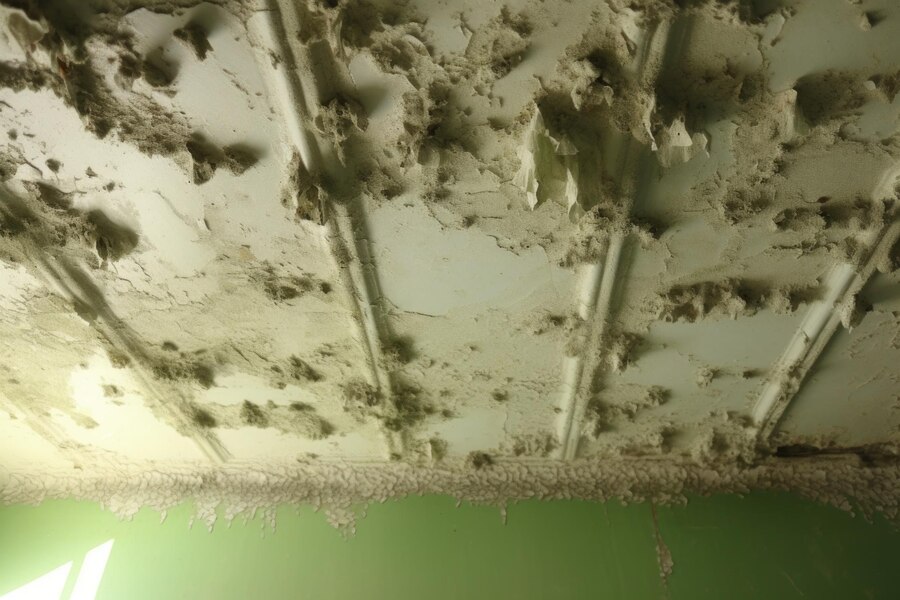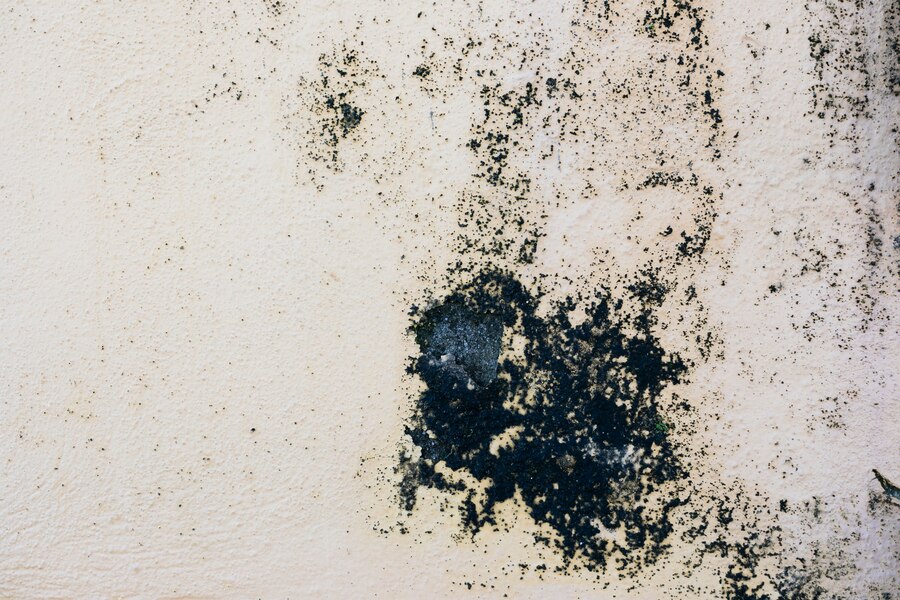Mold is one of those household nuisances that can go unnoticed until it’s too late. While some people may dismiss it as a minor issue, mold can cause significant health problems and structural damage to your home. In this guide, we’ll delve into the ins and outs of mold remediation, focusing on the importance of thorough inspection and treatment methods. By the end, you’ll have a clear understanding of how to handle mold effectively and safely.
Understanding Mold: What Is It?

Mold is a type of fungus that thrives in damp, warm environments, and it can be found almost anywhere in nature. It plays a vital role in breaking down organic matter, but when it invades our homes, it can cause serious issues. Mold reproduces by releasing tiny spores into the air, which can be inhaled, leading to a range of health problems, including allergic reactions, respiratory issues, and even more severe conditions for those with weakened immune systems.
Common types of mold include Aspergillus, which can thrive in various environments, and Penicillium, often discovered on spoiled food and in water-damaged structures. Stachybotrys, commonly known as black mold, typically grows in water-damaged areas and is particularly concerning due to its potential to cause significant health risks. Understanding these types can help homeowners recognize and address mold problems promptly.
Why Mold Inspection Matters
A thorough mold inspection is the first step in effective remediation. This process goes beyond simply checking for visible mold; it involves identifying potential moisture sources, hidden mold growth, and assessing the overall environment of your home. Here are some key reasons why inspection is essential:
Identify Hidden Mold
Mold often hides in places like behind walls, beneath carpets, or within HVAC systems, where it can thrive undetected. A professional inspection employs specialized tools to reveal these concealed growths, ensuring comprehensive remediation efforts.
Assess Damage
Over time, mold can weaken structural components, leading to costly repairs. A professional inspection evaluates the extent of damage, helping homeowners understand what needs to be addressed and facilitating effective remediation planning to restore safety and integrity.
Determine Source of Moisture
Mold flourishes in damp environments, making moisture control essential. Identifying sources such as leaky roofs, plumbing problems, or excessive humidity helps homeowners mitigate future mold risks, ensuring a healthier living environment free from recurrent growth.
Health Risk Assessment
Different mold types pose varying health risks, especially for sensitive individuals. A thorough inspection not only identifies these mold types but also assesses potential health impacts, guiding necessary actions to protect occupants from allergens and other health hazards.
Signs of Mold Presence
Before you even consider calling in professionals, you might notice some signs that indicate the presence of mold. Here are a few telltale signs to watch out for:
- Visible Mold Growth: Any mold growth, whether it’s black, green, or white, is a clear indicator that action is needed.
- Musty Odors: A persistent, damp smell in your home can indicate mold growth.
- Water Damage: Stains or discoloration on walls and ceilings can suggest water damage, often linked to mold.
- Allergic Reactions: If you or your family members experience unexplained respiratory issues or allergies, mold could be the culprit.
The Mold Inspection Process
When hiring a mold inspector, you should expect a comprehensive approach to the inspection. Here’s what typically happens:
Initial Assessment
The inspector will start with a walk-through of your home, looking for visible signs of mold and areas prone to moisture. They will ask about any previous water damage and your home’s history regarding mold issues.
Moisture Mapping
Using specialized tools, the inspector will check humidity levels and moisture content in various areas of your home. This step is crucial, as it helps identify problem areas that are conducive to mold growth.
Air Quality Testing
In some cases, air samples may be collected to assess the level of mold spores in your indoor environment. This testing can reveal hidden mold issues that aren’t immediately visible.
Surface Sampling
If visible mold is found, surface samples may be taken to identify the specific type of mold present. This can help in tailoring the remediation strategy.
Report and Recommendations
After the inspection, the inspector will provide a detailed report outlining findings and recommendations for remediation. This document is essential for understanding the next steps and addressing any underlying moisture issues.
Mold Remediation Techniques
The remaining surfaces will be cleaned with appropriate cleaning solutions. Once mold is identified, remediation begins with containment to prevent spores from spreading to unaffected areas. Professionals typically seal off the affected space using plastic sheeting and create negative air pressure to keep contaminants contained. This step is crucial for ensuring the safety of other areas in your home during the remediation process.

Next, contaminated materials, especially porous ones like drywall or carpets, may need to be removed and disposed of, while non-porous surfaces can often be cleaned and disinfected. Thorough cleaning involves scrubbing surfaces and using HEPA vacuuming to eliminate remaining spores, followed by drying and dehumidification to address moisture issues. After remediation, repairs are necessary for any structural damage, and post-remediation testing may be conducted to confirm that the environment is safe and mold-free.
Preventing Mold Growth
Once you’ve tackled existing mold, preventing future growth is essential. Keeping indoor humidity below 60% is crucial; using dehumidifiers in damp areas like basements and ensuring good ventilation in kitchens and bathrooms can significantly reduce moisture levels. Promptly fixing any leaks from roofs, pipes, or appliances also helps prevent moisture buildup, which is key to mold prevention.
In addition to controlling humidity, ensure proper ventilation in moisture-prone areas such as attics and crawl spaces. Installing exhaust fans can be particularly beneficial in bathrooms and kitchens. Regular inspections of your home, especially in high-risk areas, allow for early detection of potential issues. Finally, while houseplants can enhance air quality, be cautious about overwatering to avoid creating a conducive environment for mold growth.
When to Call Professionals
While some minor mold issues can be tackled with DIY methods, there are clear situations where calling in professionals is essential. If mold covers an extensive area—typically more than 10 square feet—it’s advisable to seek professional remediation to ensure comprehensive removal and prevent recurrence. Additionally, if you suspect hidden mold behind walls or within ductwork, professionals have the necessary tools and expertise to assess the situation accurately and address it effectively.
Health concerns also warrant professional intervention, especially if anyone in your household suffers from respiratory issues or allergies, as mold can exacerbate these conditions. Furthermore, if mold keeps reappearing despite your best efforts, a mold remediation expert can help identify the underlying causes and provide targeted solutions to prevent future growth.
Conclusion
Effective mold remediation requires a comprehensive approach, from thorough inspection to targeted treatment. Precision Restoration, Inc. in Oklahoma City emphasizes the importance of identifying hidden mold, controlling moisture, and implementing preventive measures. Whether dealing with extensive mold growth or recurring issues, professional expertise is essential for safe and efficient resolution. Protecting home and health by prioritizing mold remediation is crucial—contacting an expert ensures a clean, safe environment for families and residents alike.



